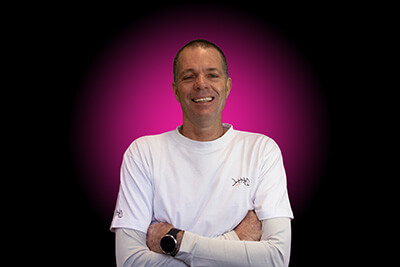Creating Authentic Content with Influencers: Best Practices

By Kevin Kirby
The biggest news at the moment has to be the Twitter Acquisition by Billionaire meme lord, Elon Musk. Musk paid $44 billion for his stake. Yes, billion.
Following the disclosure of Musk's acquisition in a regulatory filing in October, Twitter shares increased by as much as 27%. Since the stock's first trading day after the company's initial public offering in 2013, the gain was the stock's largest intraday rise. With 80 million followers behind him, Musk has been one of the biggest personalities on Twitter and this is a testament to the power of his personal brand.
A foundation of marketing for more than 200 years has been well-known celebrities promoting major businesses. In the current social media-led business landscape, consumers are asking for trust and operational transparency. Consumers don’t trust the government or social media but rely on review sites and social media giants like Twitter, Instagram, Facebook, and the like. It’s up to businesses to figure out how to be seen as trustworthy using an inherently untrustworthy marketing medium, and in this contradictory environment, a business can only fare well by providing exceptional service, holding themselves accountable, and being authentic.
Enter the CEO, using their personal brand to create an Executive Influence. Their personal brands are influenced by the companies they have formerly worked in, the results they have helped to achieve, and how the public perceives them, whether in the media or on social media.

Former T-Mobile CEO John Legere has 5.4 million followers on Twitter. When he left T-Mobile, however, he amassed a following of 6.4 million, while T-Mobile boasts 1.4 million followers. That’s quite a difference. Legere’s endearing character made it possible for fans to relate to the brand, and identify that brand with a person they liked. This is exactly what influencers have been doing for years. By including influencers, you can enhance brand trust while generating positive connections and feelings that convert the people you speak to into lasting customers by humanizing your marketing.
Influencers are highly focused and relevant and partnering with the right and real influencer ensures that your brand’s message always gets to your unique target audience. Why, because these influencers have engaged and captivated audiences who trust what they say because they put effort into building their own “ tribes'' around unique and specific topics of interest that are potentially more relevant to your brand. Influencer content became popular with the rise of social media platforms like Instagram, but it really began taking off with TikTok. Instagram influencers made their content popular with how “real” it was, and there was overwhelming support for small businesses sharing raw content about their products, services, and behind-the-scenes content in a relatable manner. TikTok grew in popularity, and it seemed that third-party content became a requirement to advertise products and services effectively. Because these two things have been combined, social media platforms now tend to prefer authentic third-party content, because it is “shareable”. It helps build and grow communities.
Anyone can be an influencer, and that transforms how companies interact with their customers. By analysing the current trends, we have discovered that discussions are increasingly shifting into the hands of trusted influencers with niche audiences. Brands who understand where these discussions and engagements take place will be in the best position to capitalise on the rise of the influencer.
Find this content useful? Let's connect.
Building real connections with your audience starts with you and theSalt lets chat

Kevin Kirby
Kevin is a seasoned marketing and advertising practitioner with more than 30 years of experience as both media owner and client. He is embedded in the Nfinity Group of Companies which houses SA’s largest influencer marketing group where he performs various support functions.